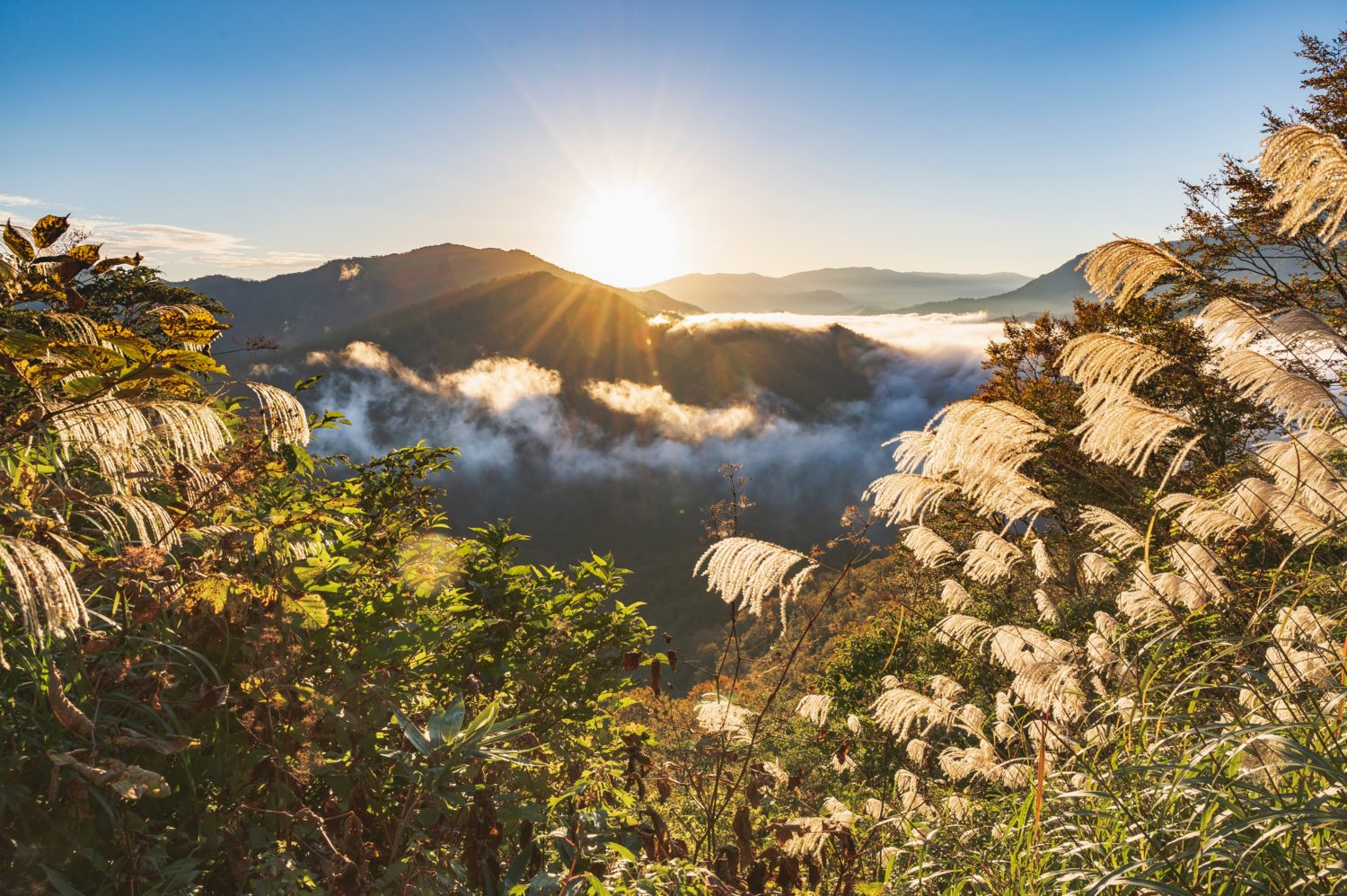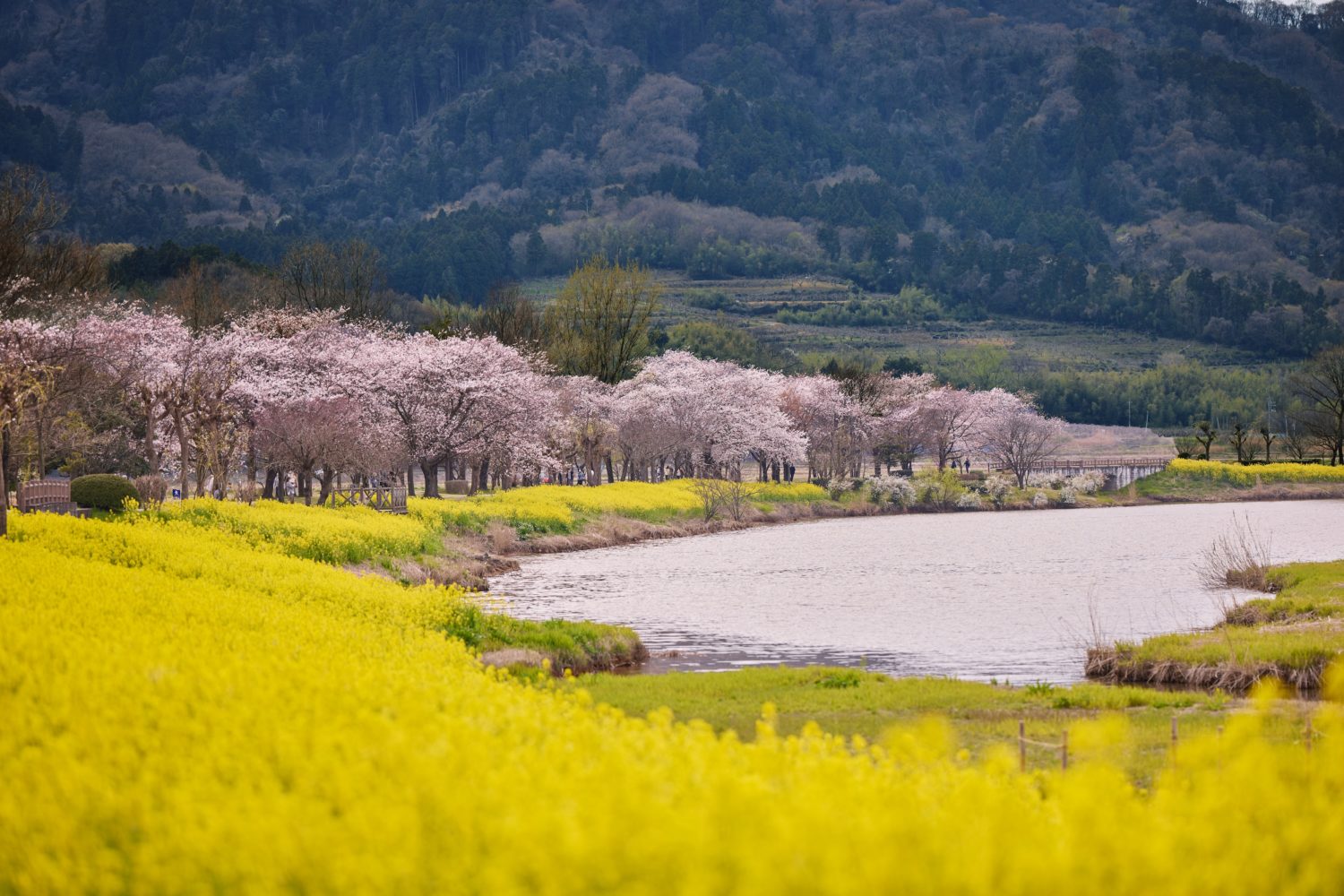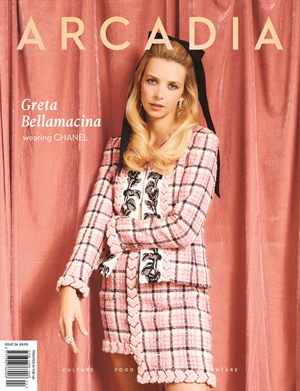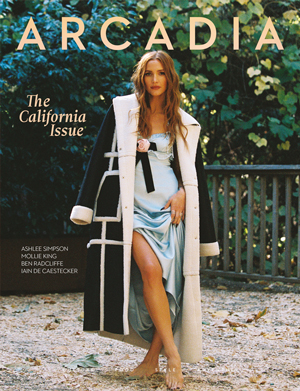Niigata Prefecture forges its culture around water. To the west, the Sea of Japan; to the south, the Northern Alps Mountain range carrying the meltwater. Every year, swans from Siberia migrate east of the capital to spend the winter months. They can be seen on the shores of Fukushimagata Lagoon and Lake Hyoko.
More than 260 hectares of water, with the reflection of the Gozu Mountains in the background, create a unique landscape. From October to March, the swans seem to wait for the cherry blossoms to continue their migration. A scene that is repeated, albeit on a smaller scale, in the countless rice fields that populate the prefecture in the harvest months, where the swans feed on small invertebrates and cereal scraps.

Water
Tokamachi -Satoyama
This region in the south of the prefecture is home to Japan’s main rice fields. On the mountains’ hillsides, the fields of Hoshitoge unfold their water mirror-pools from spring to autumn and create small depressions of white foam in winter, when snow covers everything. Before harvest, dwelling mutable in the calm pools, the sky seems pierced by the slender rice plants that grow nonchalantly. Inviting you to dream a little longer with each sunrise.
These atmospheres can be absorbed thanks to the Home Home Niigata tours, in which a guide accompanies you through the villas that host the Gimyo and Gamo fields. Experience life in Satoyama, where nature and human life intersect nurturing traditions such as Chinkoro—local term for puppy—: small rice flour handicrafts made every New Year. With Home Home Niigata, making your own Chinkoro can also become an unforgettable experience. Craft one of the traditional designs: puppies, rabbits, horses, rats and other animals of the Chinese zodiac, but also two unique, personalised designs. Rejoice if the figure dries and breaks, as it’s understood as a synonym for happiness and a good harvest.
Minami-Uonuma
On the main street, Farm Front offers a modestly priced tasting course of pesticide-free rice grown at Seki Farm, winner of Japan’s best rice for six years in a row. With exceptional care and the use of advanced techniques, Omusubi—rice balls cooked in terracotta pots—, along with a choice of pickles and a unique coffee, incorporating brown rice in its preparation, make Farm Front’s simple menu a delightful experience. Within a 10-minute drive away you can enhance this experience including another of the prefecture’s main attractions: sake.
Benefiting from pristine mountain water, Niigata hosts 89 sake breweries. For just 500 yen, almost 100 different brews can be enjoyed in Ponshukan. Bottles of both famous brands and those crafted by modest artists line the shelves of the main shop, as well as the aisles of countless machines in the tasting room. You are only required to select five glasses and accompany each drink with appetisers elaborated with regional ingredients.

Snow
Niigata Prefecture, named Yukiguni—Snow Country—after Yasunari Kawabata, winner of the Nobel Prize for literature, is home to mountains over 2000 metres high. The fluffy, dry snow that accumulates on its peaks has inspired literature, but also art and handicrafts.
The Tomioka Museum displays the works of Soichiro Tomioka, known for his minimalist oil landscapes: White World. In which he explores the rupture of white in the purity of nature. Leafless trees, clean and dark immersed in a sea of light.
With more than 1200 years of tradition, Echigo Jofu, a ramie textile—similar to hemp— is crafted in the snow. The yarn is shaped in the snow, woven in the snow, washed in melted snow and refined again in the snow. During February to March this fabric can be seen lying on the snowfields throughout the region. The vapour from the snow, in contact with the sun, releases ozone, bleaching and sterilising the fabrics as it flows through them. The result is a sustainable, fine fabric, perfect for the manufacture of yukatas.
During Daikan, the coldest season, the traditional Kanzuri seasoning is prepared on the ski slopes of the Ikenodaira resort, near Myoko. 400 kilograms of pickled Capsicum annuum are spread out for three to four days in the snow—process of yukisarashi—to remove their bitterness and favour a three-year fermentation course which involves the use of yuzu, salt and malt.

Tsubame-Sanjo
The constant flooding of the Ikarashi and Shinano rivers, which run through this region, spoiled countless crops. As a solution, blacksmiths from Tokyo taught a new craft to interested farmers in the early Edo: the production of traditional spikes. An object in high demand that made this region one of Japan’s main producers. The techniques that were later developed led to the handcrafting of saws, knives and exquisite copper pieces. These were soon marketed throughout the country thanks to the same rivers that, at times, made rice farming unreliable.
Founded in 1816 and renowned for combining timeless artistry and functionality, Gyokusendo craftsmanship boasts a wide range of hand-hammered teapots, kettles and vases using tsuiki techniques, appreciated worldwide. Similarly, Tadafusa shapes premium kitchen knives. Known for their durability, minimalist design and sharpness, these knives are trusted by chefs far beyond Japan.
Such blacksmithing techniques can be experienced thanks to KRAFT and its frying pan and knife crafting tours. You can not only shape, polish and learn first-hand about the local blacksmithing tradition, but also enjoy a barbecue in the freshly made high-quality frying pan or test the sharpness of your new knife on local ingredients. Kitchen items for a lifetime of use.

Located in Minami-Uonuma, the traditional Ryugon ryokan boasts contemporary comforts. Admire the snow-capped mountains from a cloud-like Western bed. Where delectable seasonal cuisine, private outdoor hot springs and lush green enigmatic gardens make for the most delicate experience of rural Japan.
North of Uonuma, the 500-year-old Saifukuji temple is shelter to sculptures and paintings by Ishikawa Uncho, Japan’s Michelangelo. Layers of paint and wood, along with the vast scale of his works, make for an immersive experience. The main attraction, Kaizando, a sculpture on the temple ceiling painted in the finest detail, tells the story of the Zen master, Dogen.
Niigata has many hot spring destinations, including Echigo-Yuzawa onsen and Tsukioka onsen, famous for their ancestral districts and the high sulphur content of their waters, the Kiyotsu Gorge makes wonders of this water prefecture. While ski resorts such as Myoko Kogen, Yuzawa and Naeba welcome snow every year. The latter also hosts the iconic Fuji Rock at the end of July. On the 2nd and 3rd August, the city of Nagaoka mourns the fallen of WWII with a fantastic fireworks display, lighting up the night sky in a variety of shapes and colours that brings tears of sadness and joy to 500,000 people each year.
Ryugon Ryokan
1-6 Sakado, Minamiuonuma, Niigata 949-6611, Japan







